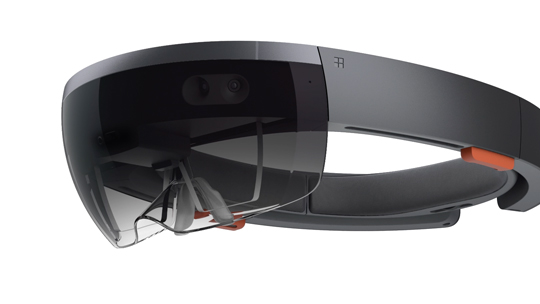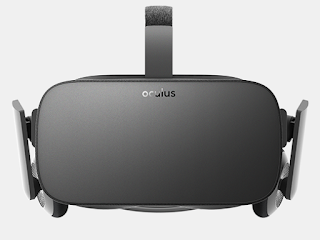First thing I did upon finding the job posting was to go to VEi's website. There at the bottom of the page, I found three different files that detailed what their goals are, their main services, and the kinds of people that work there. They tend to work on planning and designing of industrial level developments and factories. Thus they had need for many different types of engineers.
Then I searched the company's name in Google. Most of the results were just reviews, listings, or employee LinkedIn profiles. However I did come across a few interesting results. One was a ND Supreme Court ruling, and the other was on the NDSCS website. It turns out that the president of VEi is part of the Architectural Drafting and Estimating Technology advisory committee for NDSCS. This brings the company a lot of credibility and would make anyone want to work there more. The court ruling however could be taken a few different ways. In the case, a local ethanol plant and VEi had a dispute over some services and payment, breaches of contract and alleged negligence for both parties. VEi ended up winning the case. This leads me to believe that they either, did nothing wrong to begin with, or at the very least were careful enough in there approaches, as is important in engineering, that even though there were allegations against them, they were able to justify everything.
The most important things I discovered in my research were at the bottom of the VEi's website. Those documents clearly showed who they are and what they are trying to do. So in order to increase my chances of getting an interview and job, I tried to integrate parts of it, as well as parts of the job posting itself, into my cover letter and résumé. This was accomplished by first changing the objective portion of my résumé to directly mention the company and position. I also mentioned the position again in the cover letter. Additionally I added courses relevant to the requirements in the job listing in both the résumé and cover letter. Lastly in my cover letter, I mentioned things like meeting deadlines and budgets as these were directly mentioned in their mission statement and a few other times on the website.
The most important things I discovered in my research were at the bottom of the VEi's website. Those documents clearly showed who they are and what they are trying to do. So in order to increase my chances of getting an interview and job, I tried to integrate parts of it, as well as parts of the job posting itself, into my cover letter and résumé. This was accomplished by first changing the objective portion of my résumé to directly mention the company and position. I also mentioned the position again in the cover letter. Additionally I added courses relevant to the requirements in the job listing in both the résumé and cover letter. Lastly in my cover letter, I mentioned things like meeting deadlines and budgets as these were directly mentioned in their mission statement and a few other times on the website.


